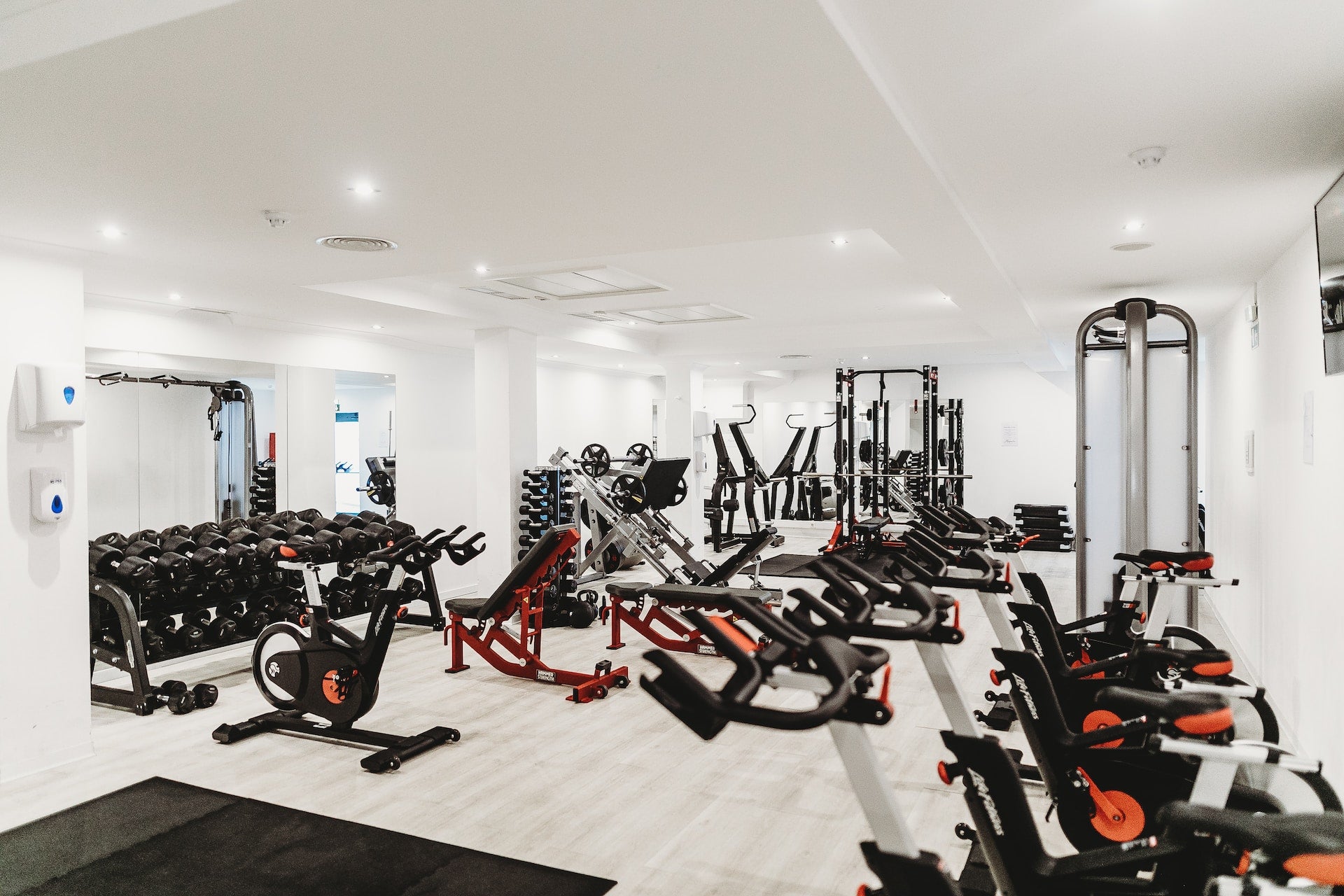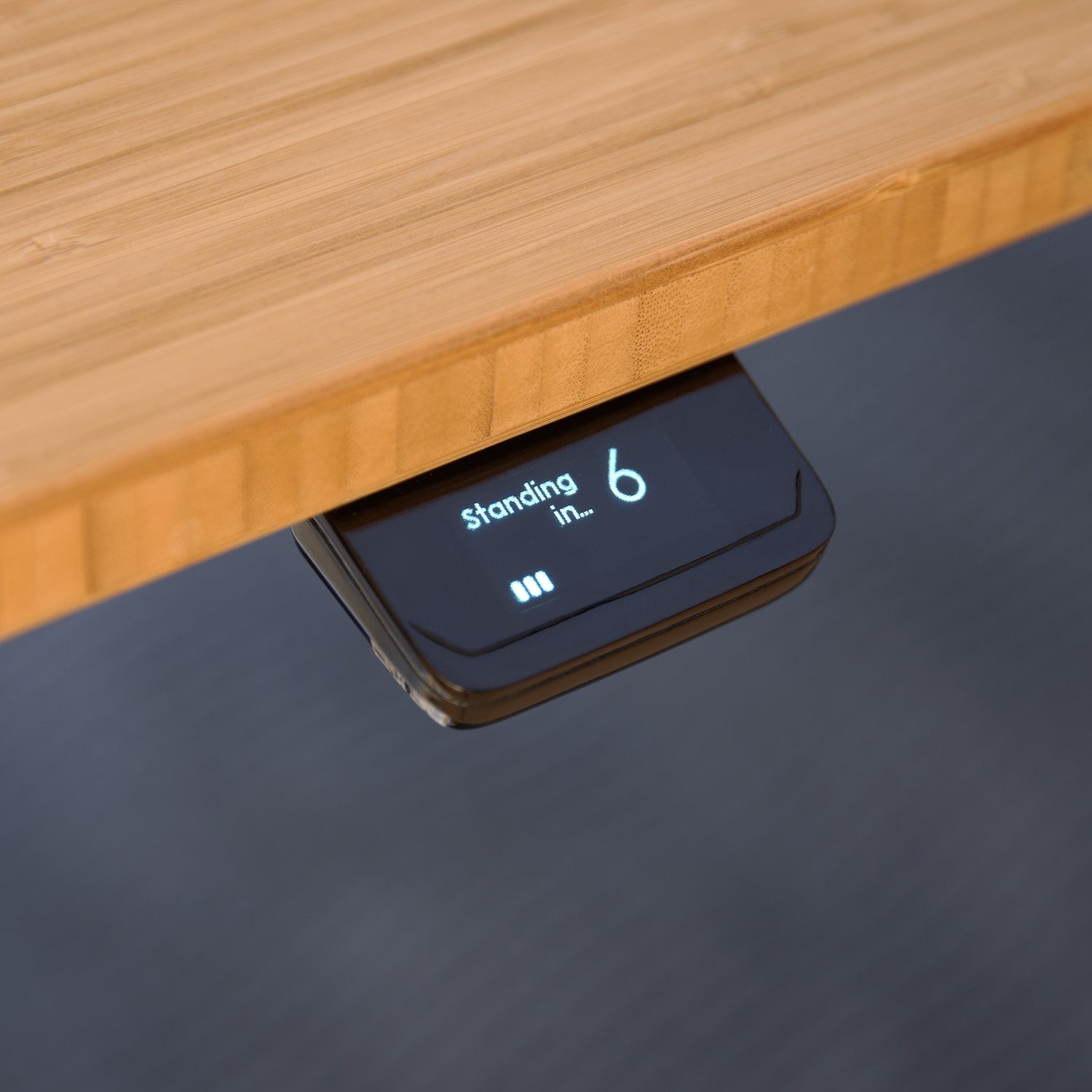Spending time with friends and family this holiday season is great for your social life, but not so much for your health goals. As the number of your calendar commitments goes up, the number of training sessions you complete goes down, until you throw up your hands and say, "I'll just wait until after New Year's!" But by then, you'll have shortchanged your gains, gotten out of your routine, and given yourself a steep hill to climb back to full fitness. So you don't get to this point, here are four time-saving workouts you can cram into even the busiest weeks of the holidays.
- Thor’s Circuit
One of the reasons that circuit training became so popular originally and then again in newer versions like Orangetheory is that it keeps things fresh, is very time-efficient, and allows you to strengthen a wide range of muscle groups without over-fatiguing any of them. Bonus points that circuits also boost your cardiovascular fitness, according to a meta-analysis of previous studies published in Biology. In a recent issue of Men’s Journal, actor Chris Hemsworth shared a bodyweight circuit from his app Centr that can keep you Marvel movie-ready over the holidays (even if you’re just going to see Black Panther: Wakanda Forever, rather than putting on a superhero suit):
10 reps of: squats, chin-ups, lunges, pushups, side lunges, biceps curls to shoulder presses, and bear crawls (up and back 15 feet)
30 reps of: Russian twists, bicycles, leg raises, standard crunches, side crunches
You don’t have to do all or any of these exercises. Part of the simple genius of circuits is that you can pick virtually any list of movements and put them together. Just make sure you have a few that target the upper and lower body and that you’re either doing bodyweight work or using light weights to take into account the higher volume that this kind of session typically has.
- Taming Tabata
Back in the 90s, a Japanese exercise physiology professor named Izumi Tabata investigated which workouts would provide the most fitness bang for the buck to a team of speed skaters. He found that doing eight sets of a maximum effort followed by 10 seconds of going slowly hit closest to the mark of a session so efficient that Henry Ford himself would applaud it. Tabata intervals have since become a go-to workout for elite athletes when they’re pushed for time. In one study, Tabata and his colleagues found that when a test group did this for four minutes of all-out effort five days a week for six weeks, they improved their aerobic output by 14 percent and boosted their anaerobic capacity by a whopping 28 percent. Their VO2 max also increased.
Other research has found that Tabata-style protocols can increase insulin sensitivity, elevate cellular activity, and raise basal metabolic rate – i.e., the number of calories you burn while at rest (good news for fans of Grandma’s pumpkin pie and creamy corn). A team of exercise scientists from the University of Birmingham in the UK found that participants who did four to six sets of 30-second sprints followed by four and a half minutes of slow cycling achieved similar performance and health improvements to those who did 40- to 60-minute workouts.
One of the keys to doing Tabata sessions and other intervals like the Little Method (going fast for 60 seconds and slow for 75) is to get an adequate dynamic warmup in so that your lungs and muscles don’t feel like they’re on fire. Try five minutes of slow rowing, running, or cycling with a few faster bursts mixed in. Also make sure you do a similar length cooldown so you don’t get sore and stiff afterward. And don’t buy into the double or triple Tabata variations you see online – the protocol’s creator believed you should go hard enough to only do eight sets.
- The Free-Flowing 5K
The previous two workouts do have some cardio benefits but are also speed sessions that rank pretty high on the intensity scale. In keeping up with your winter workouts over Christmas and Thanksgiving, it’d be good to balance these out with some slower sessions where the goal is to simply bust some stress, get energized, and feel better after you’ve finished than when you started. Enter the humble 5K.
If you’re an endurance athlete who’s used to logging serious mileage, this might feel like it’s too short, but the nice thing is that a 5K is easy to fit in anytime and if you’re traveling, all you’ll need to bring is a pair of running shoes. So whether you’re checking into a hotel or bunking up in your parents’ basement, you’ll be able to take this workout with you if you can spare a small space in your travel bag. Borrowing a bike from a friend or relative is also an option when you want to switch things up. Need a competitive fix amidst the festivities? You can probably find a local turkey trot or similar event to enter.
In addition to keeping your endurance ticking over while you wait for your schedule to settle down, doing a 5K once or twice a week will also have other health benefits. A paper published in Brain, Behavior, and Immunity found that spending 20 minutes on a treadmill reduced inflammation markers, which the authors said could benefit the immune system. Researchers from the University of Tsukuba in Japan discovered that 20 minutes of moderate intensity running improved cognitive function and improved mood.
- The Busy Dad/Mom Workout
Avoiding the dreaded “dad bod” is a real thing for this writer and many other busy parents over the Christmas and Thanksgiving period. In addition to all the commitments that non-parents have, there are umpteen kids’ activities to plan, school holidays to navigate, and excited small people running around the house. That’s why if you try to overthink gym training during this time of year, you’ll probably just end up skipping it.
In contrast, going back to basics can keep you in a good routine. On a recent episode of the Huberman Labpodcast, Cal State Fullerton muscle physiologist Dr. Andy Galpin shared the 3 by 5 concept, a simple yet highly effective protocol for time-strapped folks like you and me to fit in some strength training:
- Pick three to five exercises
- Do three to five reps
- Perform three to five sets
- Repeat three to five times a week
If you want to scale it back even further, just pick two exercises and do a few sets of each. This is what elite Olympic weightlifters do on many training days, albeit with heavier weights. Good pairings include goblet squats and push presses, kettlebell swings and getups, deadlifts and pushups, and lunges and pullups. Anytime you can change the level your body is at, such as going from standing to kneeling to lying down, you’ll increase the calorie burn and give yourself a new challenge.





















